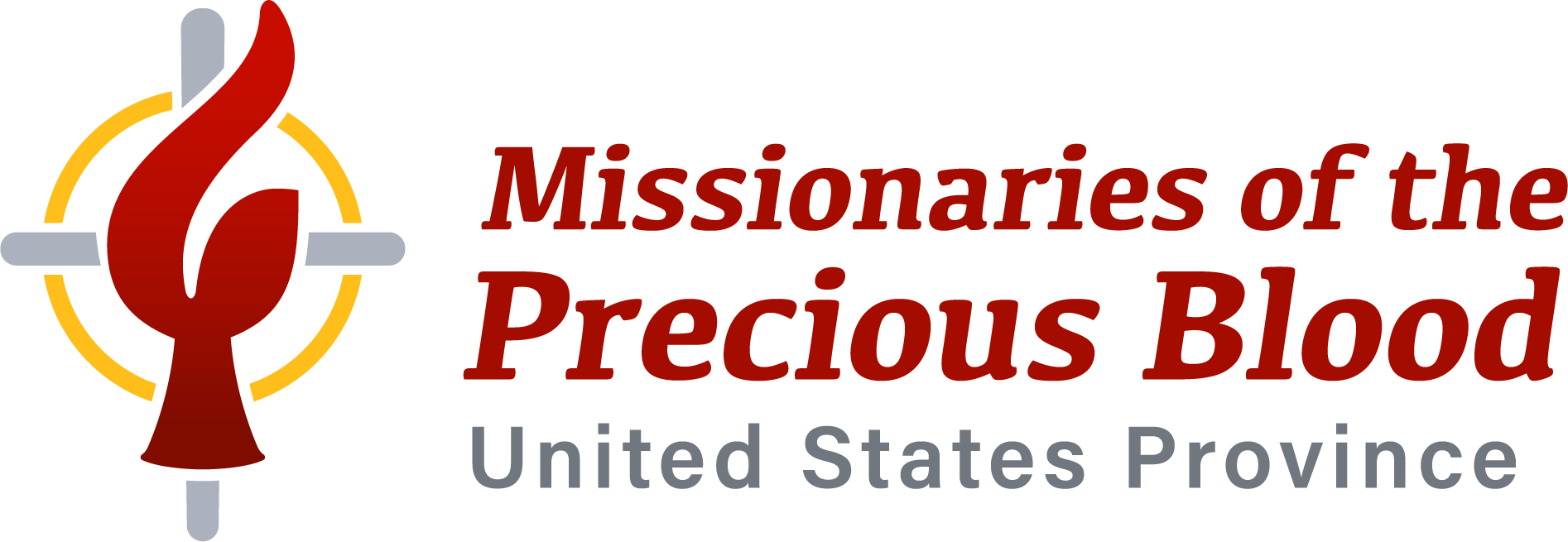by Cayetana Maristela, Saint Joseph, Missouri Companion
 According to the plaque on the church wall, Franciscan Missionaries first arrived in Pililla, Rizal, Philippines in 1572. By 1583, a stone church was built and dedicated to St. Mary Magdalene. Four hundred, thirty-one years later the Church is still going strong, giving God worship and praise.
According to the plaque on the church wall, Franciscan Missionaries first arrived in Pililla, Rizal, Philippines in 1572. By 1583, a stone church was built and dedicated to St. Mary Magdalene. Four hundred, thirty-one years later the Church is still going strong, giving God worship and praise.
When I arrived on the evening of July 12, I saw red and gold flags on bamboo poles tied to the house posts and banners strung across the streets decorating the town. A street fair was set up around the municipal hall with children’s rides, games, and food booths. The stage area was decorated for the nightly amateur shows. Fiesta activities officially began the next day with daily novena Masses at 6:00 p.m. Each afternoon, Philippine Independent Church representatives pushed a cart around town with a statue of St. Mary Magdalene. Band members played church songs inviting spectators to pray.
The next Saturday, members of the Mahigne family began deep cleaning their house in preparation for guests. This is a ritual in every home. Some went to the grocery store to stock up on ingredients for the multiple dishes for the fiesta. On Monday, the family began cooking from morning to night.
Early the next morning I was awakened at 5:00 a.m. by music. It was a band from one of the villages walking throughout town. The first Mass was at 5:30 a.m., followed by a procession. My cousin, Julie Ann, and I attended the 9:00 a.m. Mass presided by Bishop Gabriel Reyes with twelve priests concelebrating. The church was full and people stood at the back. During the sermon Bishop Reyes challenged the faithful to be evangelizers as St. Mary Magdalene was when she proclaimed, “I have seen the Lord.”
After the hour and a half Mass ended, the street dancing competition began. Despite several downpours—after all it’s the rainy season—the competition continued. Then came the baptism of at least 30 babies and young children. Again, the church was full with their parents and godparents.
Early in the afternoon, Julie Ann and I walked to relatives’ and friends’ houses—a most important tradition—wishing them happy fiesta. At each stop we were offered a variety of food and drink. To refuse would have been impolite, so I ate a sample every time.
My Aunt Alphonsa said, “When I think of fiesta, I am tired but happy because I will see family and friends I don’t see often. The food we cook will be eaten and people are happy.” Her favorite parts about the fiesta are the cooking, the meeting of guests, and the Parade of Bands. Julie Ann said, “Fiesta means praying, going to church. If you can’t go to church, just pray or light a candle at home.” Her favorite part is the procession and seeing the different images of St. Mary Magdalene. Another cousin, Marites, simply said, “The fiesta is part of our tradition. I enjoy the procession and being prayerful for the feast.”
I was still visiting homes during the third and last Mass of the day at 5:00 p.m. In the evening, the street fair continued as well. The fiesta continued the following day with the Parade of Bands.
Cateyana Maristela is spending a year‘s sabbatical on mission in her native Philippines. She will be sharing her journeys there over the course of this year.
